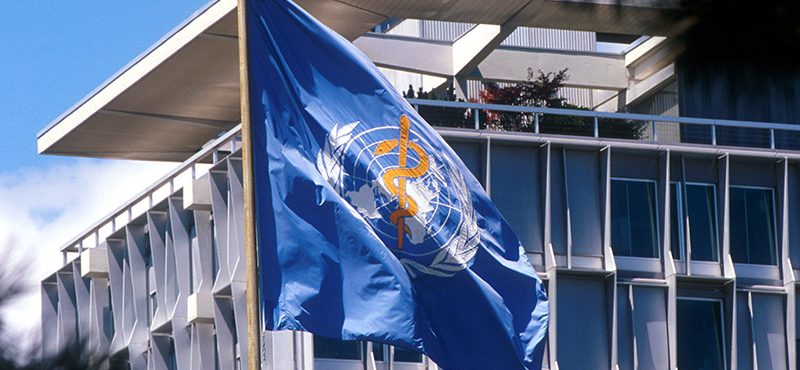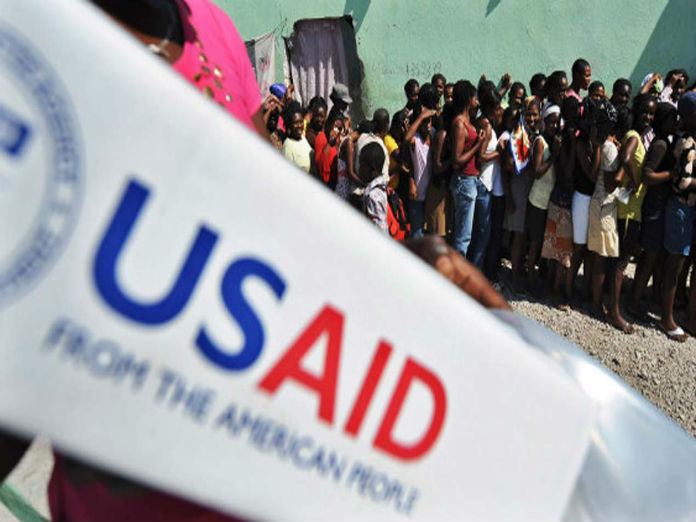COVID-19: WHO REVERSES ITSELF BASED ON NEW DISCOVERY
The World Health Organization (WHO), has provided an update on the modes of transmission of SARS-CoV-2, the virus that causes COVID-19, from infected people, based on new scientific evidence.
The WHO on Thursday, formally recognized that the coronavirus can be transmitted indoors by droplets in the air, marking a reversal for the United Nation’s agency.
In a scientific brief, the WHO said that people who spend time in crowded places with poor ventilation are at risk of being infected by the coronavirus as the droplets circulate throughout the air in indoor gatherings.
This admission is coming on the heels of criticisms from experts who have been putting pressure on the UN health agency to update its description of the spread of the virus to include the possibility of airborne infections.
The World Health Organisation now admits that transmissions through aerosols, or tiny air droplets, could have been behind outbreaks of COVID-19 that have been reported in some closed environments such as restaurants, nightclubs, places of worship or places of work where people may be shouting, talking or singing.
Apart from refraining from having close contact with infected people and frequent hand-washing, the WHO pointed out that people should avoid crowded places, close-contact settings, and confined and enclosed spaces with poor ventilation.
However, the WHO still focuses more on the spread of the virus by larger droplets that are discharged through coughing, sneezing and singing or from contact with a contaminated surface.
The WHO in its statement said, “Respiratory droplet transmission can occur when a person is in close contact (within 1 metre) with an infected person who has respiratory symptoms (e.g. coughing or sneezing) or who is talking or singing; in these circumstances, respiratory droplets that include virus can reach the mouth, nose or eyes of a susceptible person and can result in infection.”
It also revealed that based on what is currently known, the transmission of COVID-19 primarily occurs from people when they have symptoms and can also occur just before they develop symptoms when they are in close proximity to others for prolonged periods of time. While someone who never develops symptoms can also pass the virus to others, it is still not clear to what extent this occurs and more research is needed in this area.
The UN health agency had previously advised that the spread of the virus through the air is only common when people, mostly health care workers, were involved in medical procedures that produced aerosols, though a lot of evidence has surfaced suggesting that the virus can stay in the air for hours and infect a person when inhaled.
(Niarametrics)




